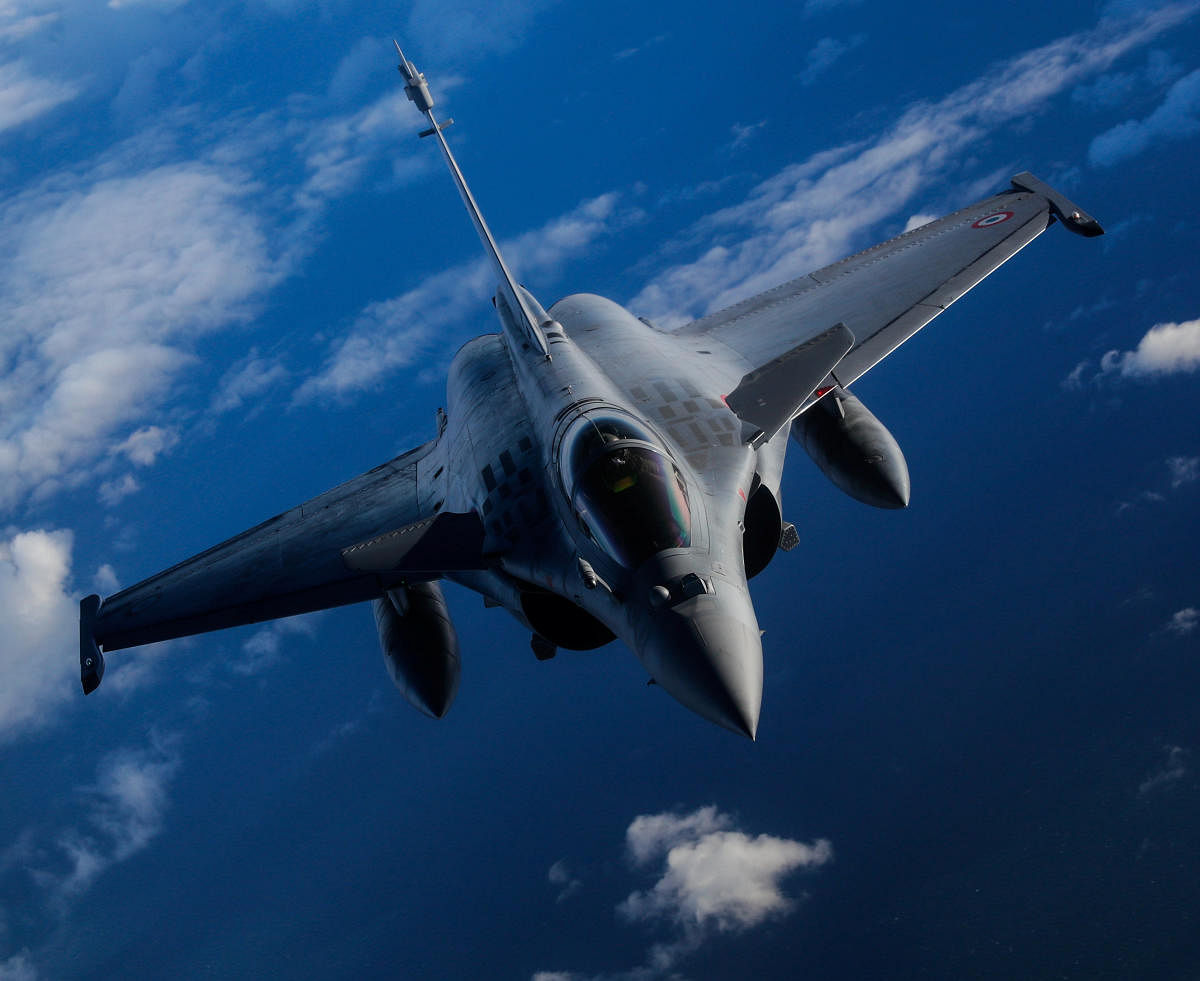
A raging political controversy on the purchase of 36 Rafale fighter aircraft from France clouded India's defence establishment in 2018 even though the military managed to arm itself with a few modern weapons after a long hiatus.
The Narendra Modi government's controversial decision to buy only two squadrons of the French combat aircraft abandoning an earlier plan to procure 126 jets, triggered a political firestorm so intense that it could not be abated even by a judgment from the country's top court.
The Supreme Court ruling on the purchase of the Rafale jets favoured the Modi regime. But notwithstanding the verdict, Opposition parties are leaving no stone unturned to cash in on the controversial defence deal as the Parliament elections are only six months away.
While politics on defence deals was not new, an unfortunate new trend was the involvement of the Service Headquarters in the political debate. It began with the government fielding senior Indian Air Force officers to respond to the criticism and ended with Air Chief Marshal B S Dhanoa being dragged into the row by Congress leader M Veerappa Moily.
The unsavory controversy comes at a time when the three services are receiving some modern weapons ranging from Apache and Chinook helicopters for the IAF to new rifles and howitzer for the Army and new warships and submarines for the Navy.
With India planning to buy at least 168 additional fighter aircraft for the IAF (111) and Navy (57), there is now a strong possibility of the Rafale row slowing down the decision making processes on other procurement programmes within the defence ministry.
Had such a thing happened, it would be counter-productive for India sandwiched between nuclear-powered military powers like China and Pakistan.
A year after the Doklam crisis, India appears to have mended its bilateral ties with the communist country with the resumption of high-level military exchanges and hand-in-hand series of exercises between the two armies.
But with 3,488 km of disputed border between the two Asian powers, New Delhi needs to keep a delicate strategic balance between boosting its own military capabilities and maintaining a friendly relation with Beijing, with whom it fought a bitter war in 1962.
On the Pakistan front, India hopes for better days ahead with a new regime in Islamabad, but any sign is yet to be seen in Jammu and Kashmir. What adds to the woes of the northern state is the rampant recruitment of local youths in militant outfits despite the elimination of nearly 250 militants by the security forces in Jammu and Kashmir in 2018.
Even without much improvement of the ground situation at the border, the military would remember 2018 as the year India got its nuclear triad.
With nuclear-powered indigenous submarine INS Arihant completing its first deterrent patrol in November, India now has the second-strike capability from the air, land and sea in case of a nuclear strike from the enemy, establishing credible nuclear deterrence.
